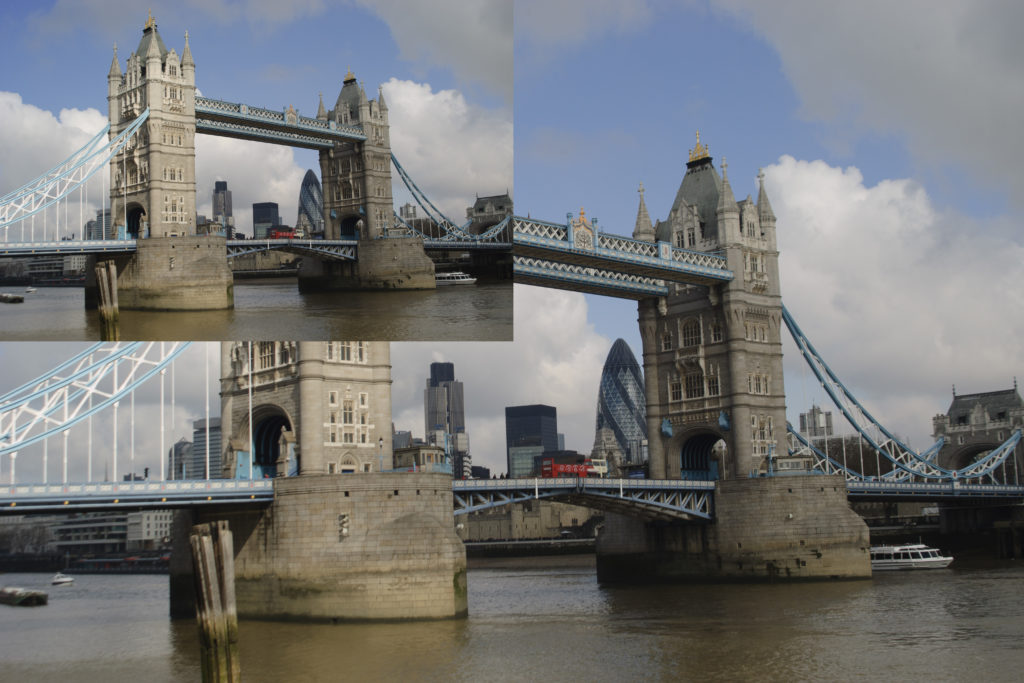Having a “model look” to your portraits is a bit more than just great lighting and using a sharp lens – while you can create stunning, magazine-quality photos with just your camera, you can bring out the true beauty in your images using a few simple Photoshop techniques.
1. Soften the Skin
Having professional-grade camera equipment is certainly a benefit, but not all of your clients can share your enthusiasm. Typically, a DSLR will show far too much detail for the discerning portrait client, meaning your photos will require some skin softening to even out the complexion. My skin-softening tutorial here will help you smooth out any imperfections without drastically changing your model's face or appearance.
2. Add a Catch Light
A “catch light” is the reflection in your model’s eye from a light source – typically it's studio lighting but can also be natural sources (such as sunlight filtered through a window). You’ll often find that most glamour portraits have some kind of catch light reflection which provides a certain level of interest – thankfully, you can add this in Photoshop if the eyes of your model are looking particularly flat with this video tutorial.
3. Exposure Blending
Typically, a model's portrait will have the skin exposure set to just under the blown highlights mark – or rather, when the histogram is almost all the way to the right (for just the skin tones). However, when you make this adjustment, it may drastically over or under expose the rest of your image.
You can rectify this easily with RAW in Photoshop – import one photo exposed for your model with the exposure just below the blown highlight point, and another exposed properly for the background. Using layer masks, blend these two layers together to create a properly exposed portrait with model-like clarity. This should be done before any other editing to your portrait.
4. Adjust Your White Balance
Taking the time to do a custom white balance with your camera is usually better than doing it in post process, but it may not always be possible depending on how fast-paced your work environment is. When you bring your image into editing, make sure you adjust it for the skin tone above all else. The key to a successful model-like portrait is accurate skin tones!
Here’s our tutorial for Lightroom, but a great Photoshop technique is described here in a video tutorial.
5. Burn Your Edges
At the end of your editing workflow, try burning around your subject to redirect attention onto your model. This will help eliminate distracting elements such as a bright or busy background, which will make your portrait stand out more. This of it as a custom lens vignette that hugs the shape of your model. Click here for our dodging and burning tutorial for Photoshop.
While editing can improve a great glamour portrait, it can’t create one for you. A stunning photo starts with your camera and environment, so put some time and effort into creating the right lighting and setting for your model.
If you need some help with studio lighting and angles, make sure to check out this lighting cheat sheet to create the optimal setup for your main light, which you can then use alone or add some fill lights to soften the shadows.
We also have a helpful portrait tutorial on studio portraits, as well as one on outdoor portraits.
Read more great articles by Christopher O’Donnell at his blog or follow him on Facebook.







6 Comments
I’ve been looking for a good tutorial on skin softening for a while now and I found the one over on The photo argus helpful. I never realised how simple it would be to do. cheers for the link!
burning the edges of the image is aslo a great tip to help isolate your subject matter and bring focus to the image.
Great tips, the first one (skin softening) is especially useful. It’s good for removing subtle skin imperfections, but content-aware delete in PS is better for larger spots and wrinkles on the face.
Great stuff! Apparently my pics look too “real” and I was looking at softening things a bit…
I like to make the pictures warmer in post if need be too. Or even just play with the tone
thank you all good advice
I like theses picures what you can do now days with photo shop iys just amazing